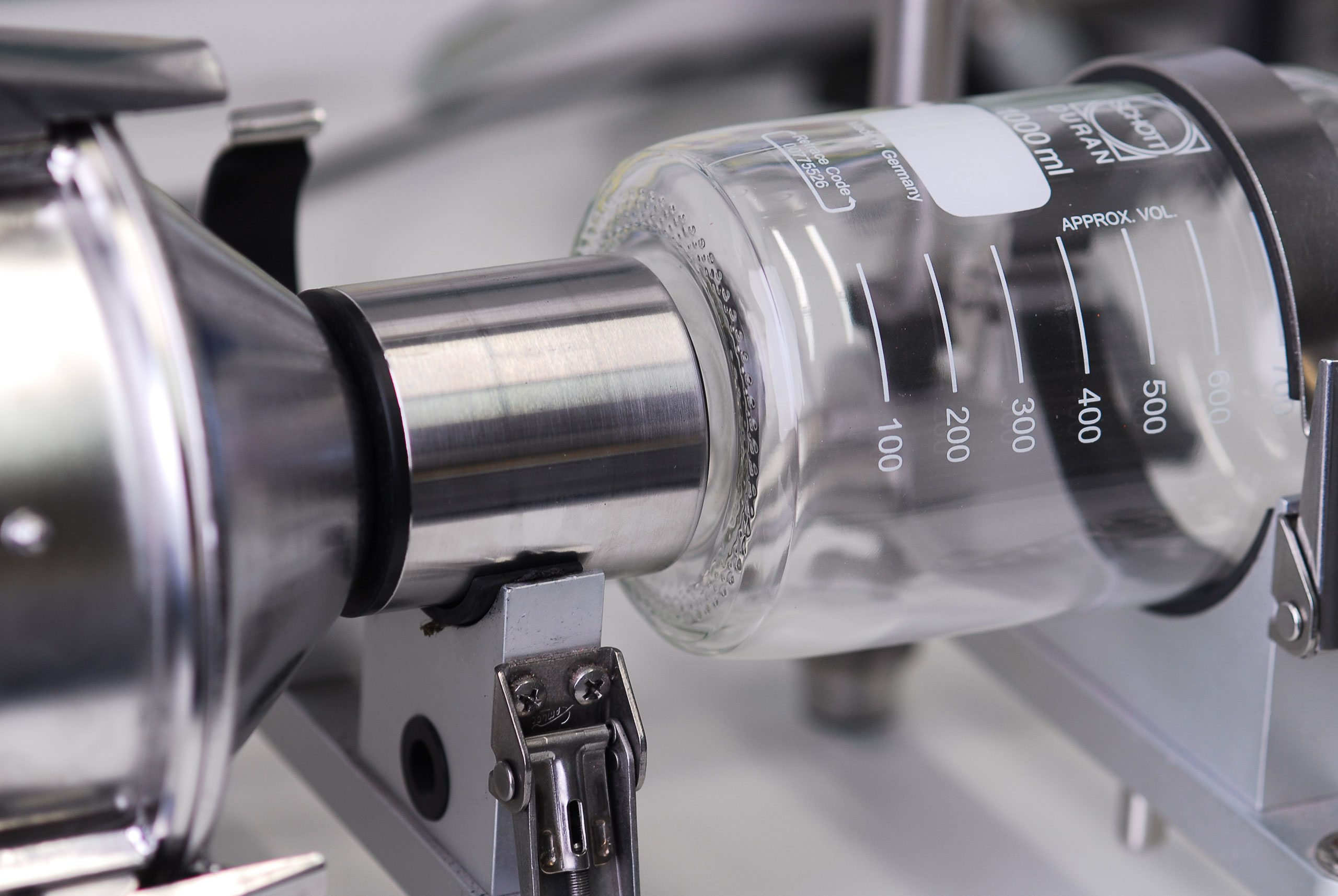Germination capacity and germination rate
From Chinese cabbage to Swedish turnip, from winter endive to summer squash – we test all types of crops to the ISTA standard
Stress test

Cold test
For this “elk test” especially in maize we have a standardised method based on our own empirical values. We use field soil (loamy sand, sieved) and keep it permanently at the same level of moisture. In addition – and this is the particular feature – we expose the maize during the 7 day cooling phase to a maximum temperature of only 8 °C instead of 10 °C, as is often usual. In this way we simulate the average soil temperature of most locations in Germany at the time of maize sowing, which means reliable results in terms of agricultural practice.
Controlled aging test in oilseed rape
This test is used to determine the robustness of untreated seed under stress conditions, thus making is possible to assess its storage stability or its reaction to seed treatment products.

Dust analysis

Heubach test
In 2010 and 2011 we were able to demonstrate the reliability of our results in the EU-wide Heubach ring test of the Julius Kühn Institute. However, we are not a certified laboratory.
Photometric testing of fine dust abrasion
with the SATEC Dust Monitor, specifically designed for this use and approved by the Julius Kühn Institute in Braunschweig. The device immediately displays the level of fine dust from the dry seed, which makes it eminently suitable for integration in the seed treatment process.

Further tests
- Moisture test
- Determination of the thousand grain weight
- Particle size distribution
- Seed drilling tests
- Flowability tests
- Greenhouse trials (only planning, monitoring and evaluation)
- Field trials (only planning, monitoring and evaluation)
